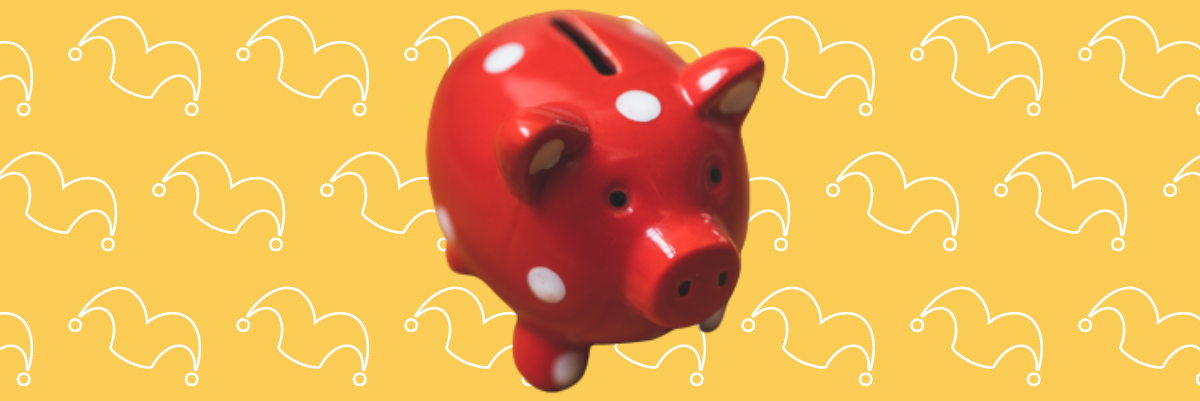Here's Why It's Still a Great Time to Open a High-Yield Savings Account
KEY POINTS
- The Federal Reserve lowered interest rates in September, and some major banks have started to lower savings rates as well.
- The Fed is expected to keep cutting rates, and savings yields are likely to trend lower.
- Despite the cuts, savings yields from top banks aren't likely to fall by much more than a percentage point for the foreseeable future.
The Federal Reserve recently cut the federal funds rate for the first time since early 2020, and the rate cuts are expected to gradually continue for the foreseeable future, impacting bank accounts, loans, credit cards, and more. Because of this, many consumers are worried that the best time to start using a high-yield savings account has passed.
I'm not so sure. Although we are likely to see high-yield savings account APYs move generally lower as the Fed rate cuts proceed, the environment for these accounts could hold up better than you think.
Will the Fed's rate cuts impact savings account yields?
The short answer is yes. As the Federal Reserve lowers its benchmark interest rate, it's fair to expect that high-yield savings account interest rates will trend lower as well. In fact, we've already seen several top online banks lower their savings yields. However, it might not be as dramatic as you expect.
The Federal Reserve lowered interest rates by 50 basis points, or half a percentage point, and as a personal example, my bank lowered the maximum interest rate on its high-yield savings account by 20 basis points (0.20%) soon after.
Of course, this is just one example, but the point is that there isn't a one-to-one relationship between the Fed's rate cuts and high-yield savings account interest rates. My bank lowered rates, but to a lower extent than the Fed's rate cut.
And in the context of recent history, my savings account's APY of 4.30% is still solid. As of this writing, nearly a month after the Fed's rate cut, some of the top high-yield savings accounts on Motley Fool Money's radar still have yields as high as 5.15%.
If you're curious how much yield you can still get from your savings, check out our updated list of the top high-yield savings accounts.
How far will rates fall?
Of course, this was just the first in what is expected to be a series of Fed rate cuts lasting through at least 2025. According to the CME Group's FedWatch Tool, which shows the rate expectations priced into financial markets, the median expectation is for another 50 basis points of rate cuts by the end of 2024, and another full percentage point by the end of 2025 -- so a total of 1.50% from current benchmark levels.
So, while I would expect banks to steadily lower savings account rates as the rate-cutting cycle continues, I would expect the overall pace of savings account interest rate reductions to be somewhat slower than the Fed's moves.
Of course, I don't have a crystal ball and each individual bank can set its own rates, but if your high-yield savings account has a 4.50% APY today, it would be surprising if its rate dropped below the mid-3.00% range by the end of 2025.
In a nutshell, while savings rates have certainly started to drift lower and are likely to continue to do so, there is virtually no expert who is predicting that the near-zero interest rate environment we saw in 2020 and 2021 will return anytime soon.
The best way to maximize the yield from your cash while maintaining flexibility is through a high-yield savings account, and if you have cash that you don't foresee yourself needing for a while, high-yield CDs are still available that can allow you to lock in a guaranteed rate before the Fed makes any further cuts.
Our Research Expert




